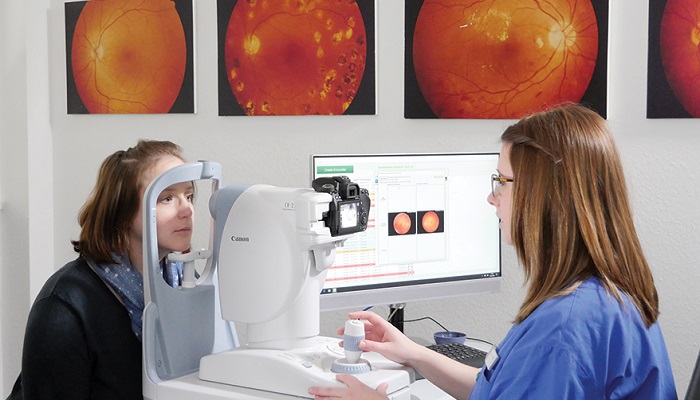The Point-of-Care AI-DR is the first artificial intelligence (AI)-assisted system that can be integrated into handheld and desktop fundus cameras frequently used in clinics and hospitals to detect diabetic retinopathy (DR) and diabetic macular edema (DME). It has been developed by Taiwan’s Industrial Technology Research Institute.
Point-of-Care AI-DR detects DR and DME in 5 to 10 seconds and evaluates immediately the quality of the image prior to diagnosis to avoid AI misunderstandings. Based on the fundus images, it identifies lesions and evaluates the corresponding severity levels.
Additionally, it can detect 14 additional frequent ocular fundus anomalies, including conditions linked to the retina, blood vessel alterations, and illnesses of the optic nerve. Moreover, half of diabetics will get DR, and one in 15 will acquire DME, as per the National Eye Institute. Point-of-Care AI-DR enhances diabetes health monitoring and treatment by recognising defects and intensity stages of DR and DME, which lowers the chances of loss of vision or blindness brought on by diabetic eye problems.
Point-of-Care AI-DR combines the knowledge of ophthalmologists with AI analysis to combine human and artificial intelligence. To increase the effectiveness of the overall interpretation, it employs complementary medical AI models to carry out individual diagnostic tasks, including classifying and identifying symptoms, Dr. Pang-An Ting, ITRI’s general director of Information and Communications Research Laboratories, remarked.


















